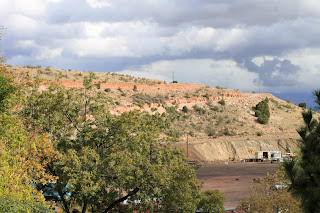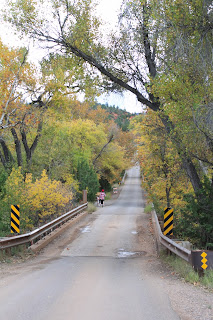Blog Post
Create two photographs in a location with tall buildings or trees using both formats. Create a closed and open landscape at one location. Discuss the different ways we read the resulting images.
This picture is a closed Landscape Picture. It's closed in because of the trees and plants that are taking over the side leaving only a small amount of space open. I think we would read this as being closed in, and having some type of closure. There isn't much to take from this picture. I think when you have a closed landscape you can't do much with it, you just have to stick with what is already there for you. It can also help when you don't have a lot of ideas for what you want to take pictures, so you can do closed landscapes because everything is kind of already there for you. I think when people used close landscapes, they like that everything is just there for them and its a passing use for a somewhat good picture, they having it all there and that they don't have to alter much.

This picture is an open Landscape Picture. You can see the open space over the tiny hill that the picture was taken. I think we would read this as freedom, and being open. We can do a lot with an open space, and we can take different ideas from it. We can make our own thing out of it or we can use what it gives us. I think we have a lot more options with an open landscape than a closed one. I think when people take pictures of mostly open landscape it says a lot about them, they like the freedom, they like the openness, and they like having an open mind with the option that they can do anything with the landscape they are using for the type of picture they want or that they could just leave it alone and still have a great picture there for them.






























